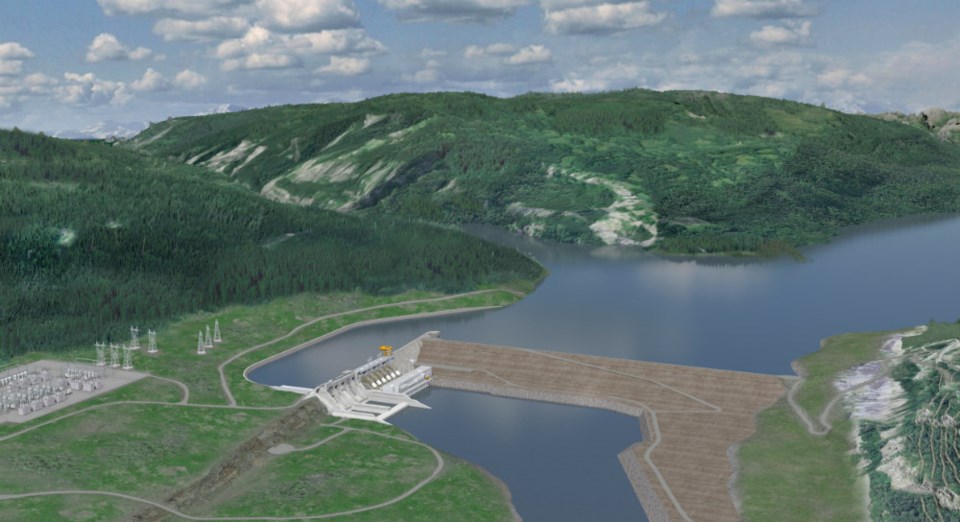The B.C. government has set some lofty goals when it comes to fighting climate change, but it is far from clear if at least two of them can be realistically attained.
One is the requirement that up to six liquefied natural gas (LNG) projects be “net zero emissions” through electrification; the other is that by the year 2030, 90 per cent of all new light vehicle purchases in the province must be electric vehicles.
Both ambitious targets raise an obvious question: where is all this new clean electricity going to come from, especially over a relatively short period of time?
A provocative new paper published this past weekend by former senior civil servant Richard McCandless (who has intervenor status at the BC Utilities Commission when it comes to BC Hydro and ICBC rate applications) examines this very question, and the government likely won’t enjoy his conclusions.
McCandless’ research is mostly about those six LNG projects, which he says will require an amount of electricity that far exceeds what BC Hydro is currently planning to produce over the time frame of construction and operation.
He says while BC Hydro is planning to increase its output by 3,800 gigawatt hours (GWh), the LNG projects alone will require 18,500 GWh.
“Without the generation of much more hydroelectricity, or other forms of clean power, the equation does not add up,” McCandless wrote. “Either the new LNG projects are stillborn, or they use natural gas to condense the product (the practice of most LNG plants in the world) and compromise the government’s net zero objective.”
The Site C dam, when it comes fully onstream by 2026, will provide an additional 5,100 GWh but the shortfall is still so immense that McCandless estimates it can only be covered by building an additional three or four Site C-like hydro dams.
And a big chunk of Site C’s energy production will be required to fill the needs created by a more mass electrification in general, the most visible and popular of which is expected to be a steady rise in the use of electric vehicles. According to BC Hydro, Site C could provide enough electricity to fuel about 1.7 million vehicles (assuming none of it is used for anything else).
The B.C. government’s clean-energy plan requires that 90 per cent of all new light vehicles sold in B.C. must be zero emission vehicles by 2030. BC Hydro estimates by that time there will be 350,000 such vehicles on B.C. roads, consuming about 1050 GWh annually.
Of course, there are other enormous challenges facing the mass use of EVs other than just the supply of electricity to power them. Chief among them is that Canada has little control over the supply chain that makes this kind of vehicle.
China’s state-owned mining companies own or control most of the minerals (i.e., cobalt, nickel and lithium) required to make EV batteries. The vehicles are manufactured on their timetable (which helps explain why there is often such a long waiting list to purchase an EV).
There are other challenges for meeting the target for mass EV use (notably their high purchase cost and a lack of charging infrastructure, although both problems are expected to ease over time) as well.
Make no mistake: climate change is real and bold action must be taken to deal with it.
But as we have seen in many other instances, setting lofty goals when it comes to fighting climate change is one thing. Attaining them is quite another.
Keith Baldrey is chief political reporter for Global BC.

